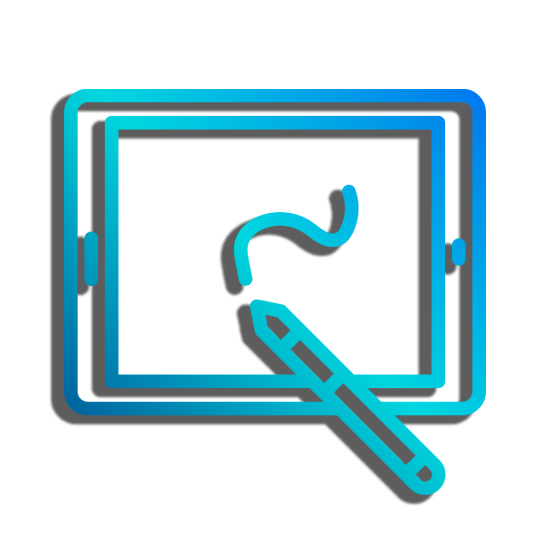‘The Lament for Icarus 2020’ is one of my digital-artwork, created in 2D/3D softwares. It’s my way of paying homage to the classicist artist Herbert James Draper. we can still comprehend the deep meaning contained in Greek mythology.
https://3dmiao.artstation.com/store/art_posters/2kBJR/the-lament-for-icaru-2020


Art is a record of emotion; it exists to express something felt by the creator. When we look at art, we often feel connected in some way to whatever the creator was feeling when they made it. But AI doesn’t feel anything; it just takes inputs and produces something that its machine learning algorthm thinks it will be rewarded for. It’s like if you had a very deep and meaningful conversation with someone online, only to later find out you were being catfished; it leaves you feeling hollow inside. Sure, you could argue that the conversation itself still had some meaning to you even if your partner was disingenuous, but it destroys the veneer of sentiment and human connection surrounding it, casting it in a much darker light. And if you strip away the connection and sentiment from art, what do you even have left?
This is of course to say nothing of the massive amounts of theft from other human artists that AI art is built upon, but I feel that’s not really what you were asking.
Well that’s just not true at all!
Artists have lots & lots of motivations to work & many are not even remotely emotional about what they produce.
This piece in particular is a concept piece, so I don’t know why the technique used to create it has any bearing at all? This is the core of my confusion. I feel like people are just kind of reactionary towards AI art, whether it really matters or not.
That said, I 100% agree on your points about stolen work & I personally believe every single model should be public domain.
Maybe I’m getting too deep into semantics at this point, but I would argue that art created without emotion is not art, it’s a product. Like I said, art expresses something. Maybe it’s something banal, or trivial, but it’s still something. AI art doesn’t express anything, it’s purely mechanical - you put something in, you get something out. The whole is never any greater than the sum of its parts.
Here’s another analogy for you: Let’s say you take that one old saying literally and you leave a (presumably immortal) monkey in a room with a typewriter for a million years, then you come back to find that it has written Shakespeare. You could read the play and be impressed that the experiment worked, but you couldn’t actually engage with the content in any meaningful way because you know there is no content. You couldn’t say, “What do you suppose the monkey meant by, ‘All the world’s a stage, and all the men and women merely players’?”, because the monkey didn’t mean anything by it. The monkey had no intention behind this “art”; it just did monkey shit for a million years and happened to accidentally create Shakespeare. AI art is a lot like that, except AI works way, way faster than a monkey, which is why it doesn’t take it a million years for it to create something that sounds like Shakespeare, just a few minutes.
Having said that, I do also think people react the way they do to AI art because it forces them to confront the deeply existential question of what it means to be human, and if it even means anything at all. Seeing AI do something so distinctly human as creating art, and doing it in such a distinctly human way, makes us wonder if we’re not all just machines made out of meat. If AI is indistinguishable from human intelligence, then the reverse must also be true: Human intelligence is indistinguishable from AI. And that itself raises all kinds of uncomfortable questions about life, purpose, morality, etc.